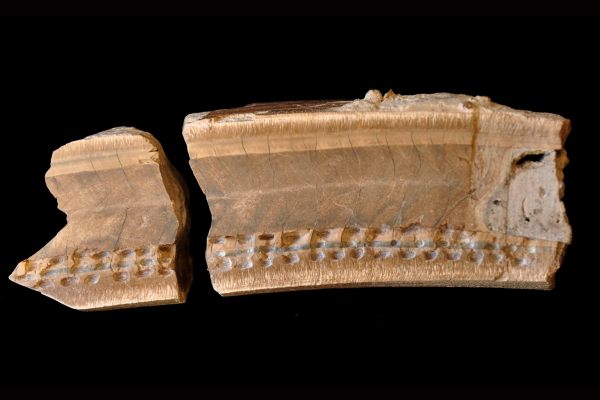Curious Fact of the Week: The Remarkable Reason Algae Grows on Sloths
Climbing ever so sluggishly along the trees of Central and South America, it’s not surprising sloths gather a bit of algae on their sedentary bodies. What is unexpected is that the algae isn’t just a freeloader taking advantage of one of the slowest animals in the world, it also provides a disguise.
Two sloths, the one on the right appearing to have algae on its head
(photograph by Jenny Jozwiak)
With their light brown fur, the green of the algae contributes to a camouflage that helps them hide among the bark and leaves of the trees they call home — and occasionally their final resting places as some sloths keep their strong clawed grip on the branches even after death. The combination of being so slow, as well as nocturnal, leaves them incredibly vulnerable as easy prey in the daylight hours, so the algae makes it a little harder to glimpse their furry forms nestled in the trees. Their coarse, long fur is actually a small habitat for a whole range of creatures, from insects to fungi.
Sloth in Central America with algae on its arm (photograph by Jerry Kirkhart)
As an added bonus, they can even lick the algae for a quick snack. A 2010 study published in BMC Evolutionary Biology showed that this algae was curiously passed from mother sloths to their young at just a few weeks old. Unfortunately, the success of the symbiotic relationship hasn’t been enough to protect the sloths in the rapidly disappearing rainforests, so organizations like the Sloth Captive Husbandry Center in Rainier, Oregon, and the Aviarios del Caribe sloth sanctuary in Cahuita, Costa Rica, are working to protect the creatures, and, we presume, their algae, too.
AVIARIOS DEL CARIBE - THE SLOTH SANCTUARY, Cahuita, Costa Rica
SLOTH CAPTIVE HUSBANDRY CENTER, Rainier, Oregon
Curious Facts of the Week: Helping you build your cocktail party conversation repertoire with a new strange fact every week, and an amazing place to explore its story. See all the Curious Facts here>








Follow us on Twitter to get the latest on the world's hidden wonders.
Like us on Facebook to get the latest on the world's hidden wonders.
Follow us on Twitter Like us on Facebook